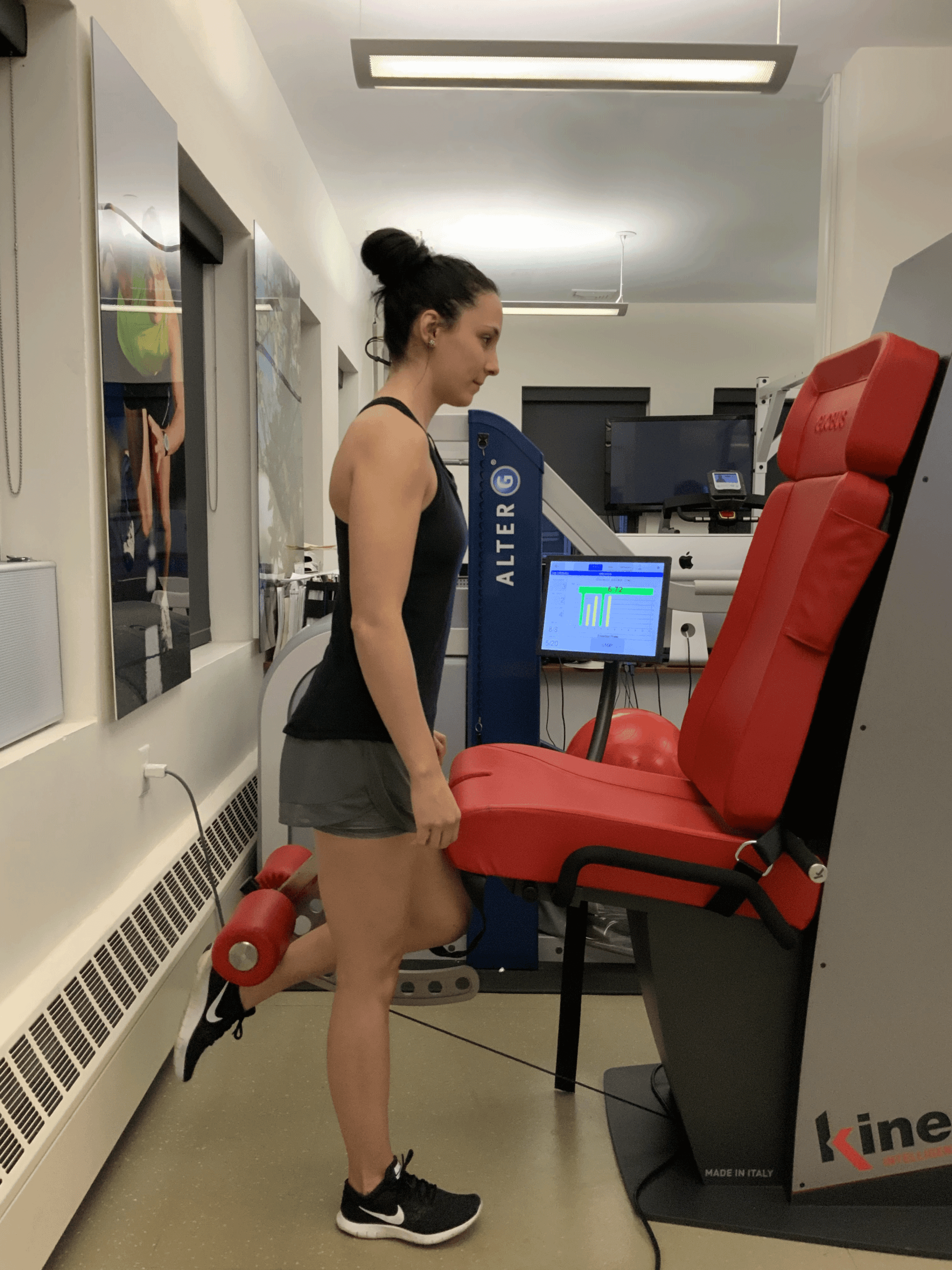
Hamstring injuries create a tricky situation. While a patient can recover, there is also a high likelihood of re-injury. Repeat hamstring injuries are even more likely if the patient is an athlete.
The hamstrings are tissues at the back of the upper part of the leg and connect the thigh muscles to the bone. It is made up three muscles from your hip to below the knee. They are rarely in use when you are standing but are essential in activities such as hiking, climbing, sprinting and anything that might involve bending your knees.
One of the main causes of hamstring injuries is overstretching or overload of the muscles in the area. When there is more pressure on the muscles than they can handle hamstring tears and strains occur. When the leg muscles contract fast for some time the hamstring get strained which causes damages.
For instance, when you sprint, the muscles of the hamstring contract as you stretch your legs to make strides. The constant contraction is a recipe for a hamstring injury if not done with some precaution. The hamstring tear may present itself as a sharp pain, a feeling of something snap or even a pop in your leg. The injured area may also have some bruising.
When you feel that you may have a hamstring injury, it is imperative that you seek a proper diagnosis. Sometimes the pain is referred from another area of the leg and is not coming directly from the hamstring.
The type of treatment that your physician recommends depends entirely on whether there is an actual hamstring tear or if the pain is a result of an inflammation in another area. It should therefore not surprise you if you are required to get an MRI, it is only to aid in an accurate diagnosis.
If the diagnosis is that you have a hamstring tear, a treatment option will be discussed. The kind of tear will determine treatment as well as recovery time. A mild hamstring tear may heal within a few weeks while a more severe one will take weeks.
The physician should also look into other contributing factors such as stiffness in the lower back, reduced strength, and flexibility as well as nerve issues. Treatment options will include; anti-inflammatory medication, pain relievers, physical therapy and in some extreme cases, surgery.
To recover fully, your treatment should involve therapy and exercises to bring bask strength to your muscles. To avoid further injuries, all muscles groups in the area around the hamstring need to be engaged during the rehabilitation.
Final thoughts
Hamstring injuries are a threat athletes are always going to face. Should you ever suspect you have injured your hamstring, it is critical that you first get a professional opinion. Proper diagnosis and treatment are imperative to avoid future re-injury.

Dr. Lev Kalika is a world-recognized expert in musculoskeletal medicine. with 20+ years of clinical experience in diagnostic musculoskeletal ultrasonography, rehabilitative sports medicine and conservative orthopedics. In addition to operating his clinical practice in Manhattan, he regularly publishes peer-reviewed research on ultrasound-guided therapies and procedures. He serves as a peer reviewer for Springer Nature.
Dr. Kalika is an esteemed member of multiple professional organizations, including: